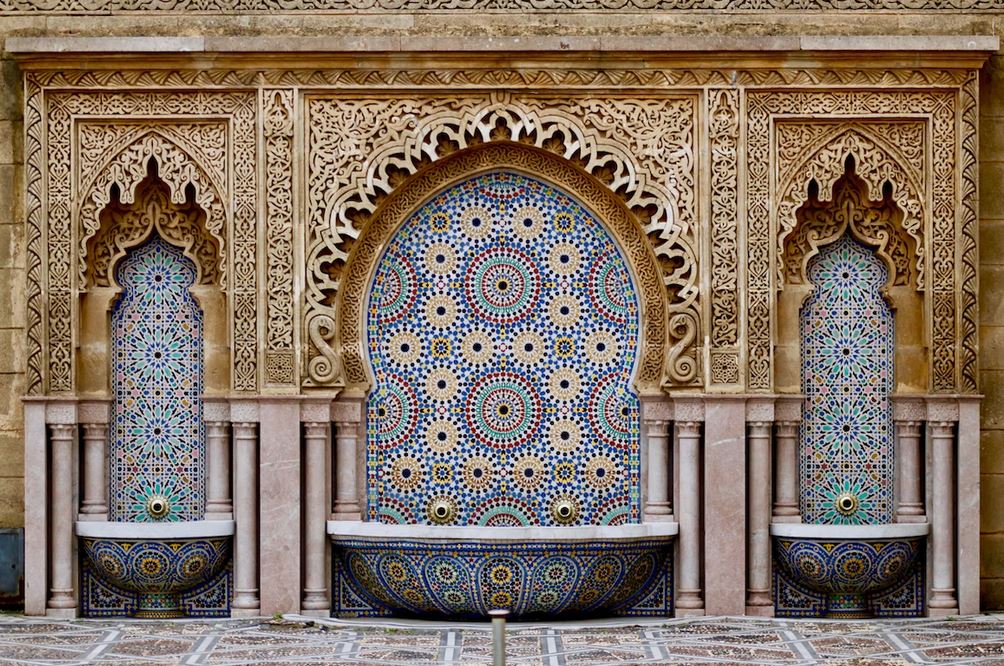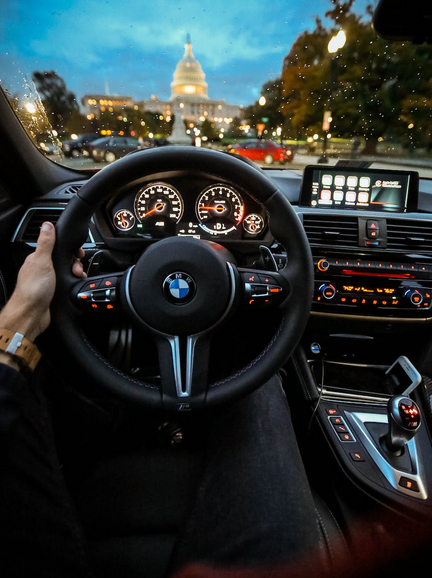The Dazzling Moroccan Art

Morocco has a long, rich history that today lives on in traditional arts and crafts. To cite, so many cultures have left their mark on the area: Arab, Jewish, Andalusian, and French have influenced the Berber culture. If you travel to Morocco, Fez and Marrakech are must-see cities and home to many artisans who make popular Moroccan art.
Tours like Intrepid Group’s North Moroccan Adventure Tour make sure you get a good taste of their historic medinas, which are the older, walled, and maze-like parts of town. Within these walls, merchants sell all kinds of goods and craftsmen sell their products. Seeing them being made is as unique a Moroccan art as you can get.
The technique generally adheres to guild traditions where masters pass their trade down to apprentices, even father to son through many generations. Today the survival of crafts depends on tourists and foreign support. Oftentimes, tour groups may have deals with certain shops they take their customers to. In the end, you can rest assured knowing that you get authentic Moroccan art souvenirs.
The Best Of Moroccan Art
Ceramics

One of the most impressive examples of mosaic tilework exists in Casablanca, in the Hassan II Mosque. Other ceramics famously made in Fez utilize the local fine red clay. They are still hand-painted and assembled by skilled craftsmen. Workshops are open to visitors who wish to watch and see the ceramic making process.
Leather

The tradition of Moroccan leather-making is well established. It was even featured in an episode of the Amazing Race during season 25. Vessels are filled with mixtures that make the hair and other excess parts of the hide easy to remove. Then they are soaked in another mixture containing pigeon poop that prepares the hide for dyeing.
All the work is done by men who knead the hides with their feet to soften the leather. The hides can be dyed a variety of colors, and still resist synthetic materials by sticking to natural dyes.
Metalwork
Big purchase for any Moroccan family is a teapot, which should be of such good quality one is enough for a lifetime. They can be as elaborately decorated as one wishes, and used daily to serve the Moroccan favorite, mint tea.
Rugs
The Berber tradition of rugs is over 2,000 years old. Each Berber rug is unique, and traditionally hand-made by women. Traditionally, rugs represent a story that is never finished. This is expressed through the tendency to have fringe only on one edge.
The opposite side won’t have a fringe because it represents the continuation of time. Just like with leather, the dyeing materials are usually natural and remain so to this day. Rugs are very popular as collector’s items for tourists.
Morocco, a land of endless creativity, captivates visitors not only with its remarkable artistry but also with its diverse array of goods. Textiles and jewelry are among the many treasures crafted by skilled Moroccan artisans.
Moreover, each city boasts its own distinct craft or artistic style, adding to the nation’s rich cultural tapestry. Immerse yourself in the enchanting world of Moroccan art and bring home truly exceptional souvenirs that embody its essence.
Don’t miss the opportunity to experience the magic of Morocco firsthand. Plan your visit now and embark on an unforgettable journey through this captivating realm of creativity.
Need help planning your next trip? The Trip Atelier takes the stress out of vacation planning. Schedule a consultation and start crafting a memorable vacation today.






